International
Russia breaks a new launch record of Iranian ‘Shahed’ drones against Ukraine
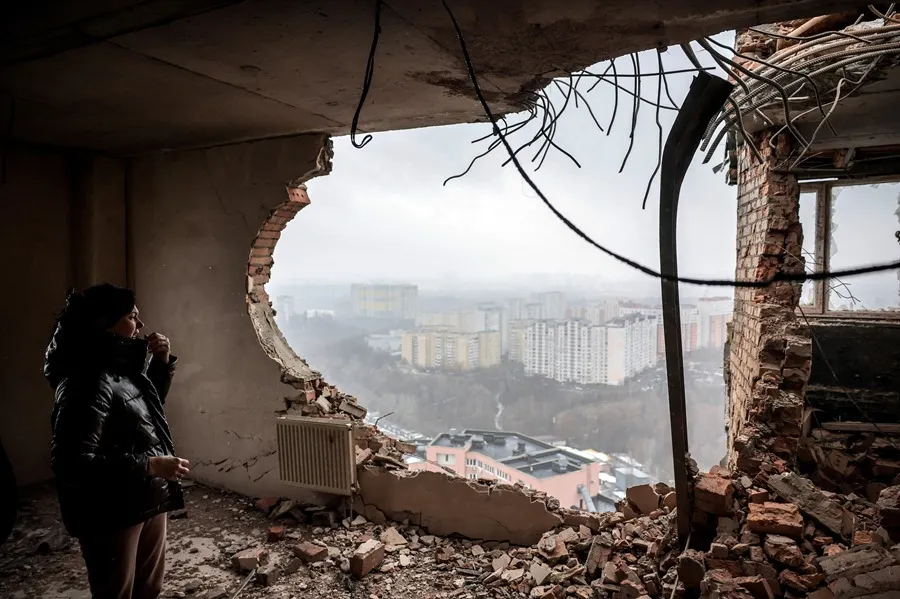
Throughout September, Russia launched 1,339 Iranian Shahed kamikaze drones against Ukraine, which represents a new record in the number of these unmanned aerial devices used against enemy territory since the beginning of the war, according to the publication of the Ministry of Defense of Ukraine, ArmyInform.
The previous record in the use of Shahed was reached in August of this year, when Russian forces launched about 800 drones of this type against Ukraine, according to the account of the social network X @ShahedTracker, which reports on the use of these Iranian devices.
The third month with the highest use of Shahed was September 2023, when the Russians fired 521 of these drones at Ukraine.
Russia doubles production
The most obvious factor that explains this increase in the use of Iranian suicide drones must be looked for in the expansion of Russia’s own production of this technology.
According to the military expert and editor-in-chief of the Ukrainian publication specialized in military affairs Defense Express, Oleg Katkov, Russia has already managed to produce in its factory in Tatarstan, a year in advance of the developed plan, the 6,000 units of these originally Iranian drones that it planned to manufacture until September 2025.
“Based on this, the enemy can launch up to 50 drones of this type daily, or even more,” Katkov told the Ukrainian media RBK.
According to the figures published by ArmyInform, Russia is already close to these numbers and used in September, when for the first month since the beginning of the war it did not stop launching a single day of Shahed against Ukraine, an average of 44 drones daily.
About one hundred percent interception
Ukraine intercepts practically all the Iranian drones that Russia launches against its territory. According to @ShahedTracker, Ukrainian air defenses managed to knock down or divert from their target with radio-electronic interference 94% of the devices that arrived in their airspace in August and September of this year.
Despite the high percentage of interceptions, the Shaheds continue to be a serious headache for the Ukrainian Army, which dedicates an increasing number of personnel and resources every night to prevent these drones that Russia launches in swarms from reaching their objectives, among which are usually electrical infrastructures.
When Russia launches them simultaneously with missiles, the mission of these Shahed swarms is to overwhelm Ukrainian air defenses so that they cannot respond to all the projectiles.
More drones lost due to interference
To avoid using anti-aircraft missiles that are much more expensive than drones for each of the downs, Ukrainian forces created mobile patrols equipped with lighter weapons that shoot the Shaheds to make them fall before reaching their targets.
Aware of the effectiveness of this method, the Russians now fly these drones at a higher height, so that conventional weapons cannot reach them until they begin their descent towards the target.
Ukraine has developed its own drones
According to the expert in radio-electronic warfare means Serguí Flesh, the Shahed have gone from flying at about 2 kilometers high to doing it at between 4 and 5 kilometers.
In response, the expert says on his Telegram channel, the Ukrainian Army has perfected the use of electronic interference means and makes an increasing percentage of Russian drones lose signal, allowing it to neutralize the Shaheds that fly higher without spending their most sophisticated ammunition to shoot them down.
In addition to defending itself, Ukraine has developed its own drones similar to the Shahed, with which it attacks almost daily military targets and refineries within the Russian Federation.
International
At Least Eight Dead and 19 Injured in Deadly Bus Crash in Veracruz, Mexico
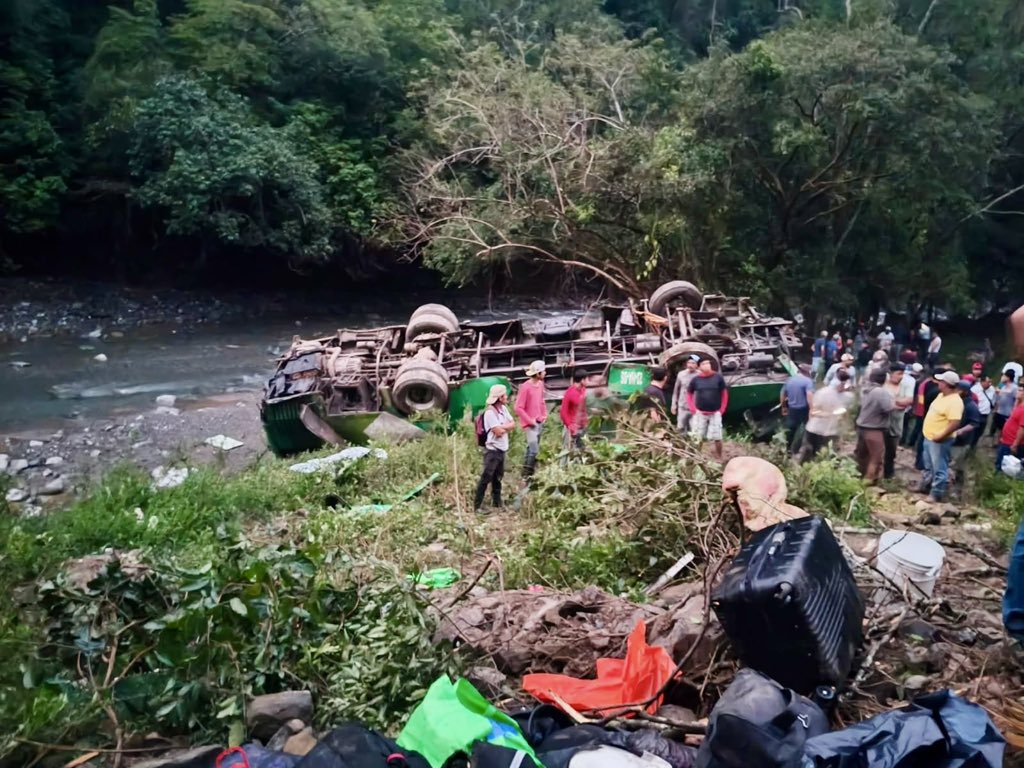
A tragic bus accident in the eastern state of Veracruz left at least eight people dead and 19 others injured on Wednesday afternoon, according to local authorities.
The vehicle was traveling through the town of Zontecomatlán when it crashed near a ravine, state Civil Protection officials reported late Wednesday night. “Regrettably, the prosecutor’s office has confirmed eight fatalities,” the agency stated in an official release.
Emergency Response and Medical Care Rescue teams worked into the night to assist the survivors. The 19 injured passengers were stabilized at the scene before being transported to hospitals in the nearby municipalities of Chicontepec and Huayacocotla. While the identities of the victims have not yet been released, Mexican press reports indicate the bus was en route from Mexico City to Chicontepec.
A Recurring Issue on Mexican Highways Road accidents involving long-haul passenger buses and freight transport are a frequent occurrence in Mexico. Experts often cite excessive speed, mechanical failure, or driver fatigue as the primary catalysts for these tragedies.
This latest incident follows another major disaster in late November, where 10 people were killed and 20 injured in a similar bus crash in the western state of Michoacán. The recurring nature of these accidents continues to spark national debate regarding the enforcement of stricter safety regulations for commercial transport units.
International
Jair Bolsonaro Hospitalized for Inguinal Hernia Surgery While Serving Sentence for Attempted Coup
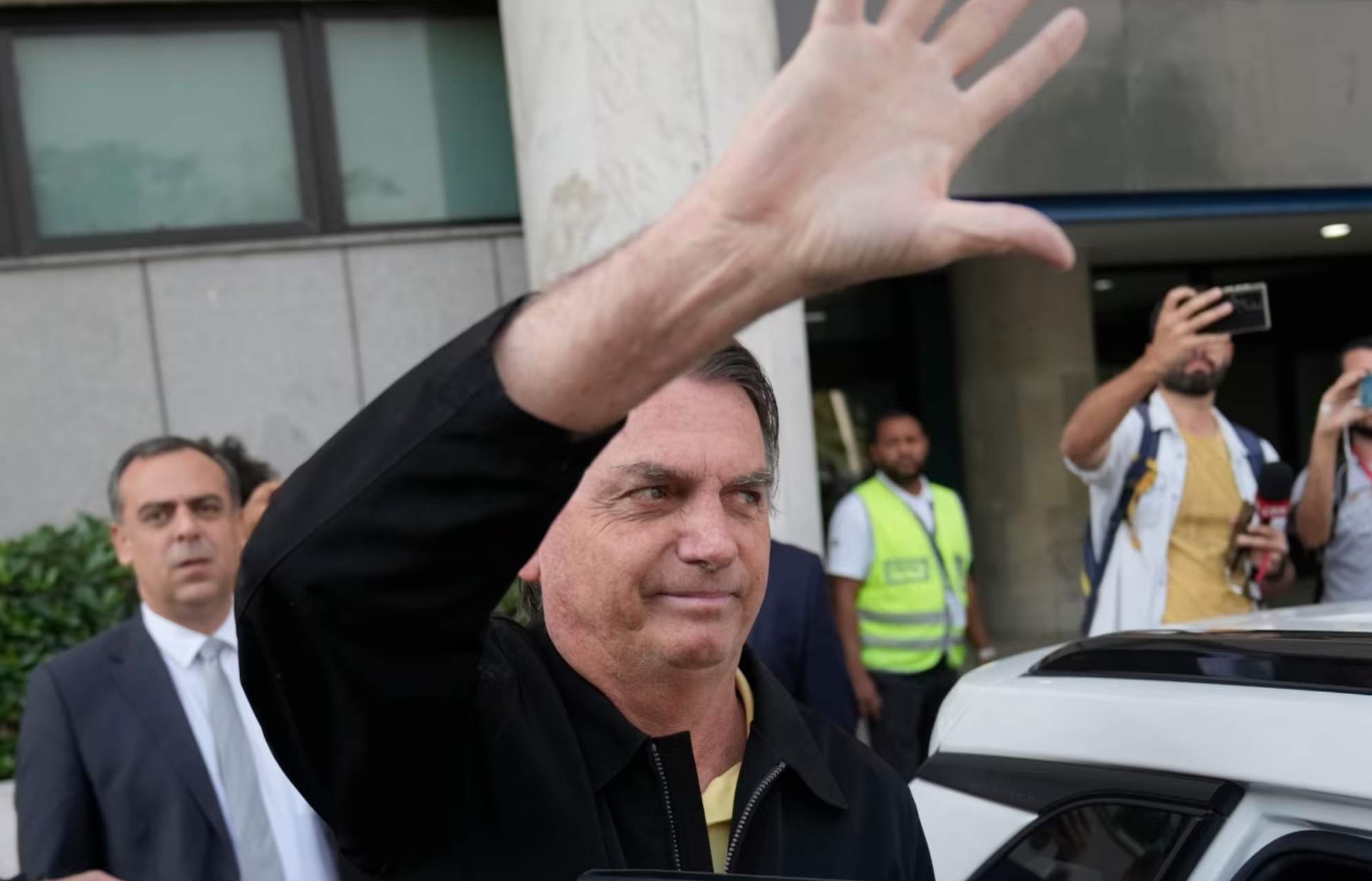
Former Brazilian President Jair Bolsonaro, currently serving a 27-year prison sentence for an attempted coup, underwent surgery this Thursday for an inguinal hernia. The procedure took place at the DF Star Hospital in Brasilia, according to his wife, Michelle Bolsonaro.
The 70-year-old former leader left prison on Wednesday for the first time since his incarceration in late November to prepare for the operation. “My love has just gone to the surgical center,” Michelle Bolsonaro posted on Instagram, where she has been documenting her accompaniment during his hospitalization.
Surgical Expectations and Health History Medical professionals treating the far-right ex-president (2019-2022) anticipate the operation will last approximately four hours. His recovery period in the hospital is expected to extend between five and seven days.
Dr. Claudio Birolini explained on Wednesday that while the surgery is standardized, it remains complex due to the patient’s history. Bolsonaro continues to suffer from the long-term effects of a 2018 campaign rally stabbing, an injury that required several major abdominal surgeries in the years following the attack.
“There is no such thing as a simple surgery. However, this is a scheduled and standardized procedure, so we expect it to be carried out without major complications,” Dr. Birolini stated.
Potential Additional Procedures Following the hernia repair, the medical team will evaluate whether Bolsonaro can undergo a second procedure: an anesthetic block of the phrenic nerve. This nerve controls the diaphragm, and the intervention would aim to resolve a chronic case of recurrent hiccups that has plagued the former president for years.
Bolsonaro remains under heavy security at the medical facility as he serves his lengthy sentence related to the events surrounding the January 2023 institutional crisis in Brazil.
International
Trump Orders Construction of New ‘Golden Fleet’ to Revitalize U.S. Naval Superiority
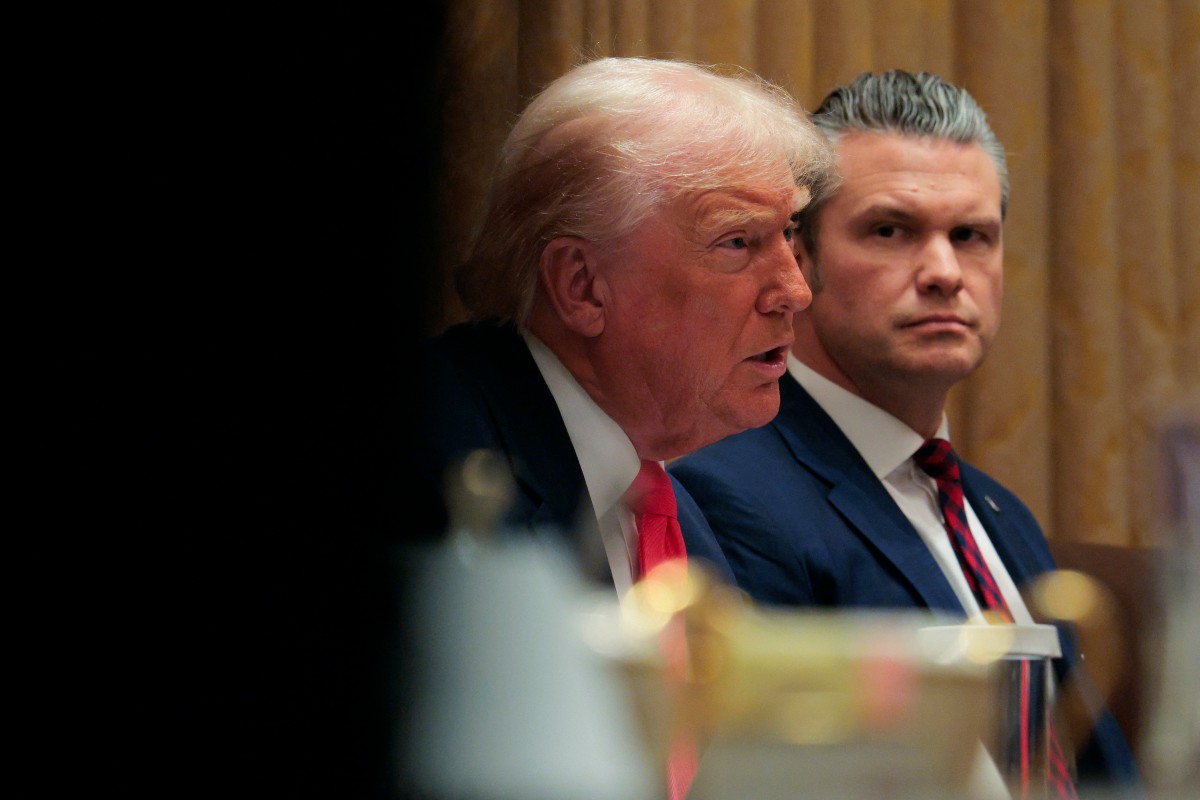
President Donald Trump issued an executive order this Monday for the immediate construction of two new warships that will bear his name. These vessels will be the pioneers of what he described as the “Golden Fleet,” a future generation of “Trump-class” battleships that he claimed would be “100 times more powerful” than those currently in service.
The announcement took place at his private residence in Mar-a-Lago, Florida. The President indicated that following the initial two ships, the administration aims to commission up to 25 additional vessels. He is scheduled to meet with Florida-based contractors next week to expedite production, criticizing existing defense firms for failing to deliver results efficiently.
This naval expansion is a cornerstone of Trump’s goal to revitalized the American shipbuilding industry and address the strategic gap between the U.S. and competitors like China.
The move comes amid heightened geopolitical tension. Just last week, Trump ordered the seizure of all sanctioned tankers involved with Venezuela’s “ghost fleet” to cripple the country’s crude oil industry. Since December 10, the U.S. military—deployed in the Caribbean under the guise of counter-narcotics operations—has already detained two tankers linked to Venezuelan oil transport.
-
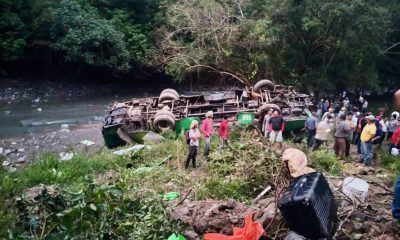
 International2 days ago
International2 days agoAt Least Eight Dead and 19 Injured in Deadly Bus Crash in Veracruz, Mexico
-

 International5 days ago
International5 days agoU.S. Judge Blocks ICE from Re-detaining Salvadoran Erroneously Deported Under Trump Administration
-

 International5 days ago
International5 days agoTrump Orders Construction of New ‘Golden Fleet’ to Revitalize U.S. Naval Superiority
-
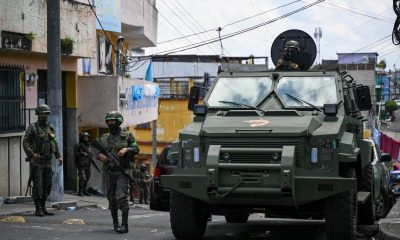
 Central America1 day ago
Central America1 day agoGuatemala arrests 92 salvadoran gang members in 2025
-

 Central America1 day ago
Central America1 day agoInternational leaders congratulate Honduras’ president-elect Asfura
-
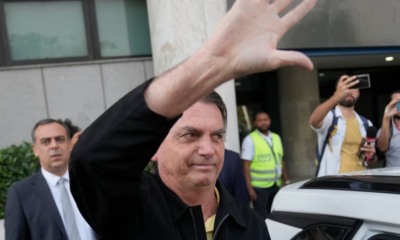
 International2 days ago
International2 days agoJair Bolsonaro Hospitalized for Inguinal Hernia Surgery While Serving Sentence for Attempted Coup




























